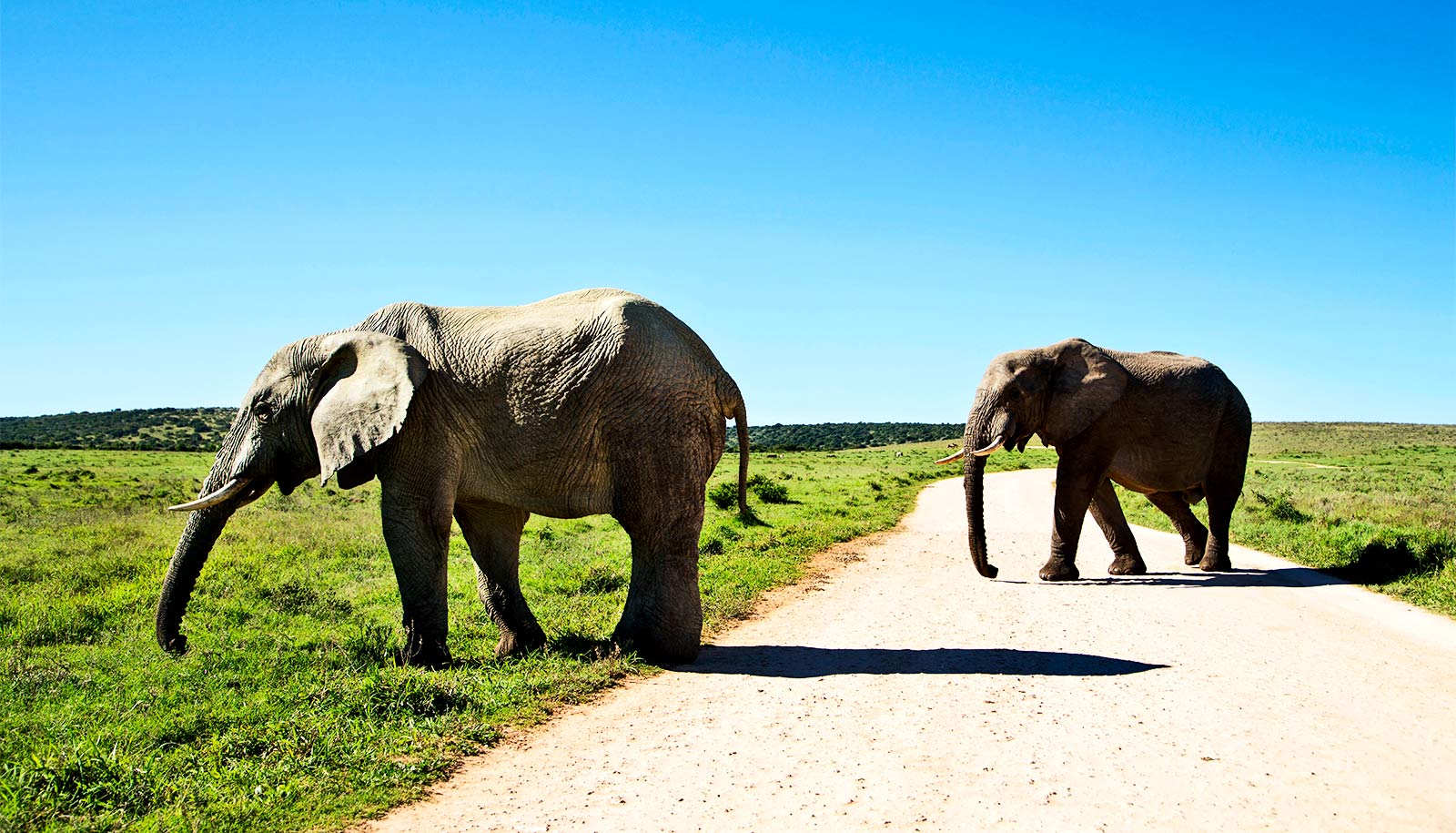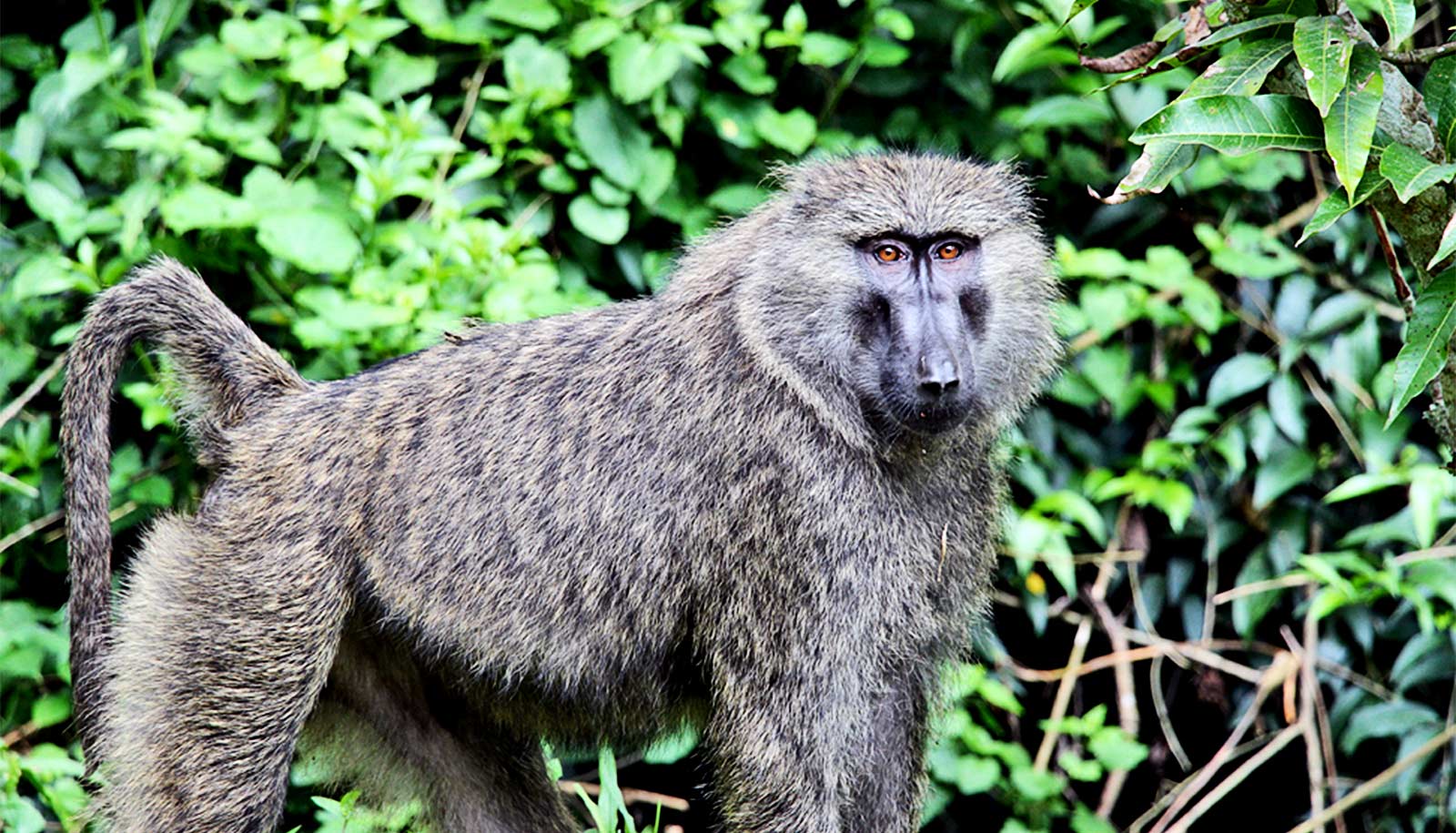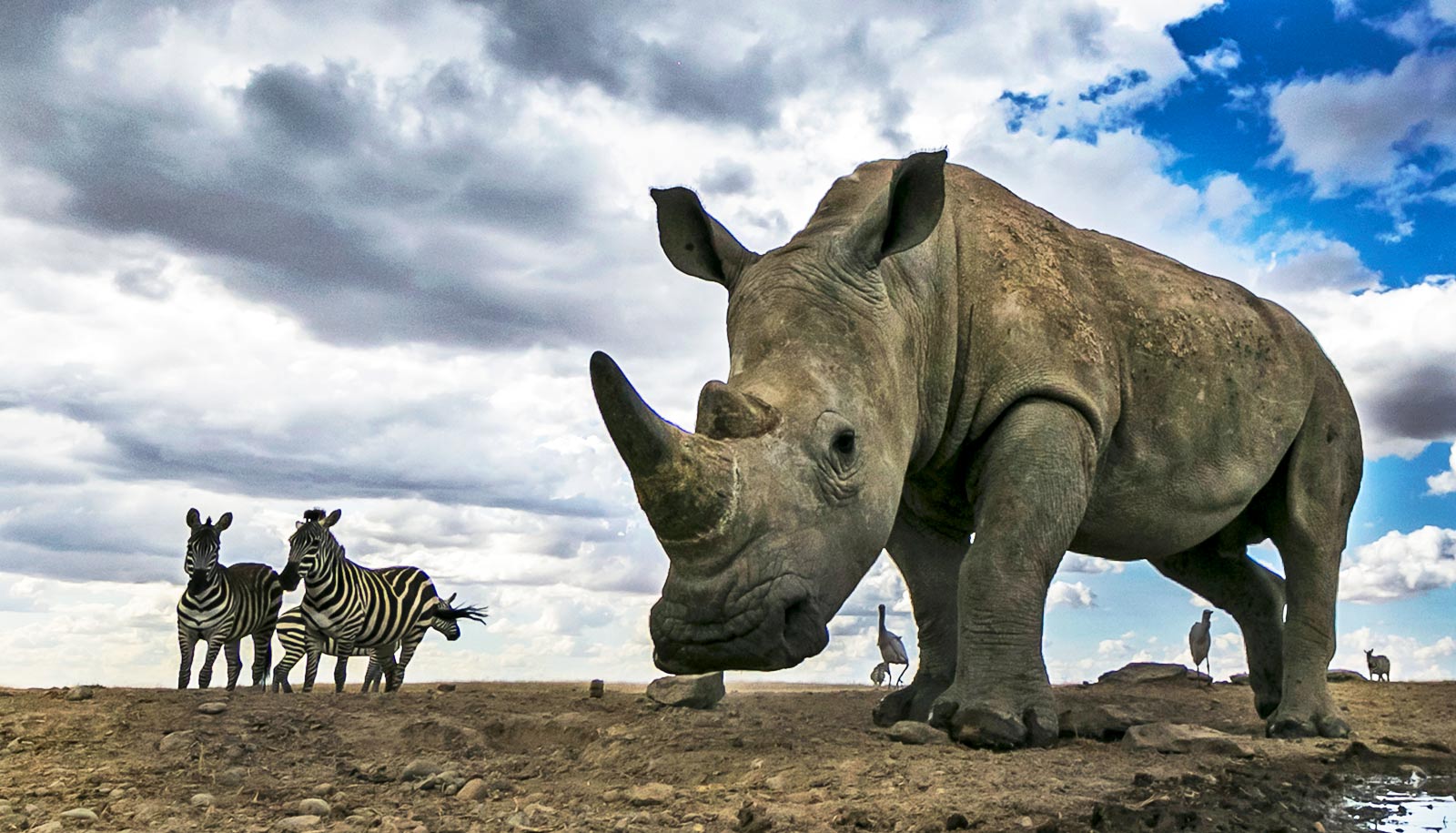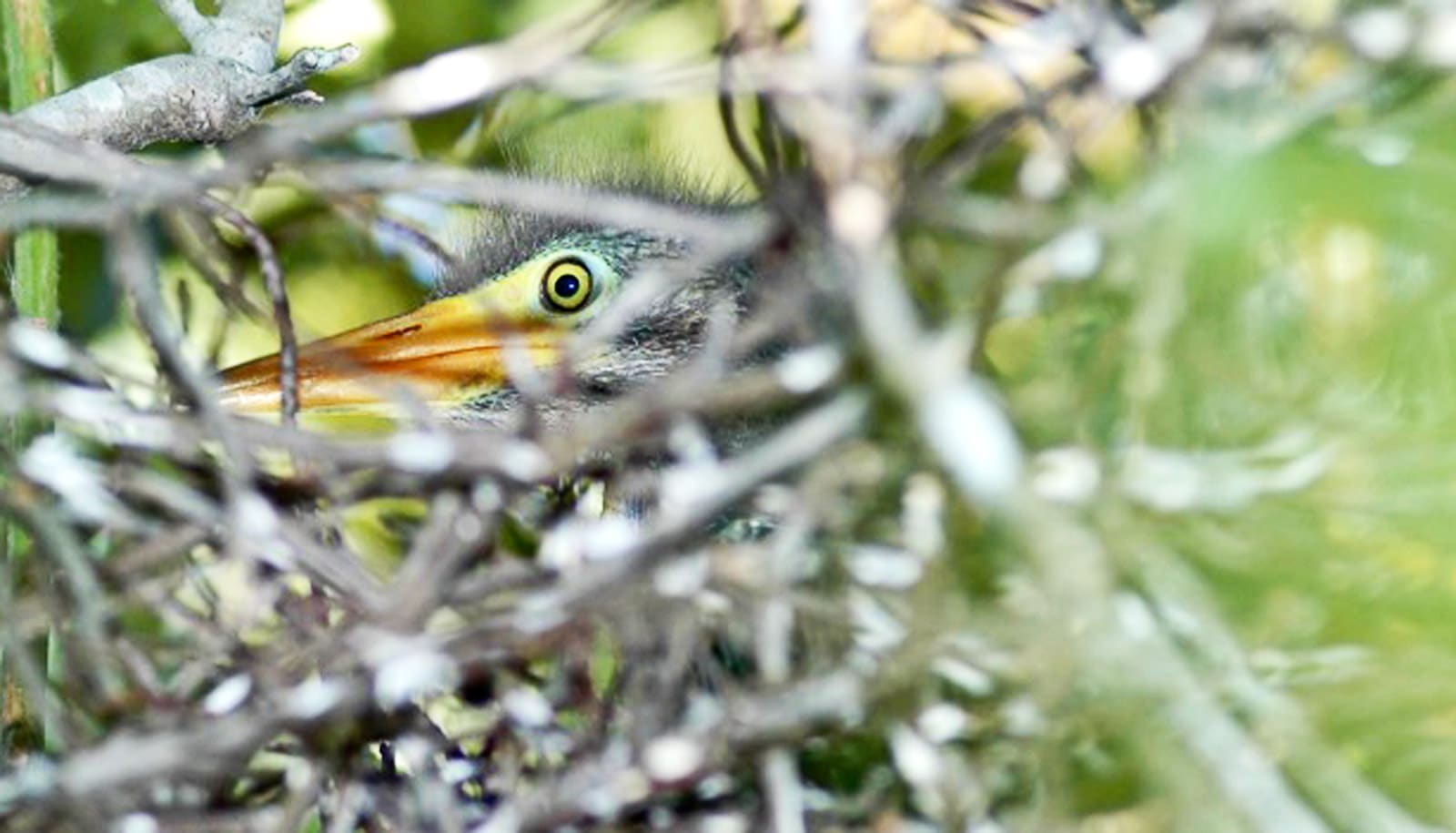The African forest elephant population size is smaller than believed, leaving the species in an even graver position than previously acknowledged, researchers report.
The researchers come to this conclusion based on one of the largest known populations being 40 to 80% smaller than previously suggested.
Lack of knowledge about the African forest animal has hindered conservation efforts, according to the researchers. The new study offers new information that could help to understand and protect the elephants amid increasing threats to their existence.
The new findings provide insights into a revised population count and social behavior of the forest elephants, Loxodonta cyclotis. Both factors have been understudied, even as the elephant’s population has dramatically declined over recent decades from human-related activities like habitat loss and poaching.
“Forest elephants are among the most threatened animals, but their biology and behavior remain poorly understood,” says Nelson Ting, a biological anthropologist and member of the Institute of Ecology and Evolution at the University of Oregon. “More information is key to figuring out the best ways to protect them and prevent extinction.”
Ting was drawn to studying the elephants’ elusive nature in the same Central African jungles where he was studying primates, which led to a partnership with Gabonese scientist Mireille Johnson, who specializes in forest elephants.
African elephants often are grouped with the better-known savanna elephants, also known as bush elephants, Loxodonta africana, resulting in less scrutiny. The two tusked animals, however, are actually quite different, Ting says.
Reproductive lives, habitat preference, and physical characteristics such as body size, ear shape, and tusk shape and color are among the differences.
Savanna elephants roam open landscapes. Forest elephants stay in more densely wooded areas, where they are harder to study and count.
The researchers did their work in the southern Industrial Corridor of the Gamba Complex of Protected Areas in southwestern Gabon, a global stronghold for forest elephants.
To assess population size, the researchers counted elephants using a method known as genetic capture-recapture—which involves systematically collecting dung piles and analyzing their genetic composition to match the DNA of each deposit to its owner. The approach is like collecting genetic fingerprints for the elephants, Ting says.
In previous methodology, Ting says, researchers also counted dung piles but could not differentiate those deposited by one individual from another. That method can lead to over-counting since the same elephant could be responsible for multiple mounds.
Previous methodology estimated the elephant population size in the Gamba Complex Industrial Corridor at approximately 10,000 individuals, which would be a substantial proportion of the global forest elephant population, the researchers note.
Ting and team estimate that their sampled region is actually home to 754 to 1,502 elephants or .47 to .80 elephants per square kilometer (0.386 square miles). That data suggests the population in the corridor is between 3,033 to 6,043 elephants, based on abundance, or 1,684 to 2,832, based on their density—the two different metrics they used to model the population size.
“Gabon is thought to be a population stronghold of African forest elephants,” Ting says. “But even our most optimistic results suggest a smaller population size than expected. Our research shows how endangered they really are if a region like this one is so overestimated.”
Ting says he hopes that his team’s new findings can help inform government officials and conservation groups as they plan future conservation strategies.
“Our study emphasizes the threatened status of forest elephants and demonstrates the need for more research,” Ting says. “It is imperative that known populations are monitored to provide accurate data on the status of these populations and the global forest elephant population as a whole.”
The study appears in PLOS ONE. Additional researchers from the University of Oregon and the Smithsonian Institution contributed to the work.
Source: University of Oregon



